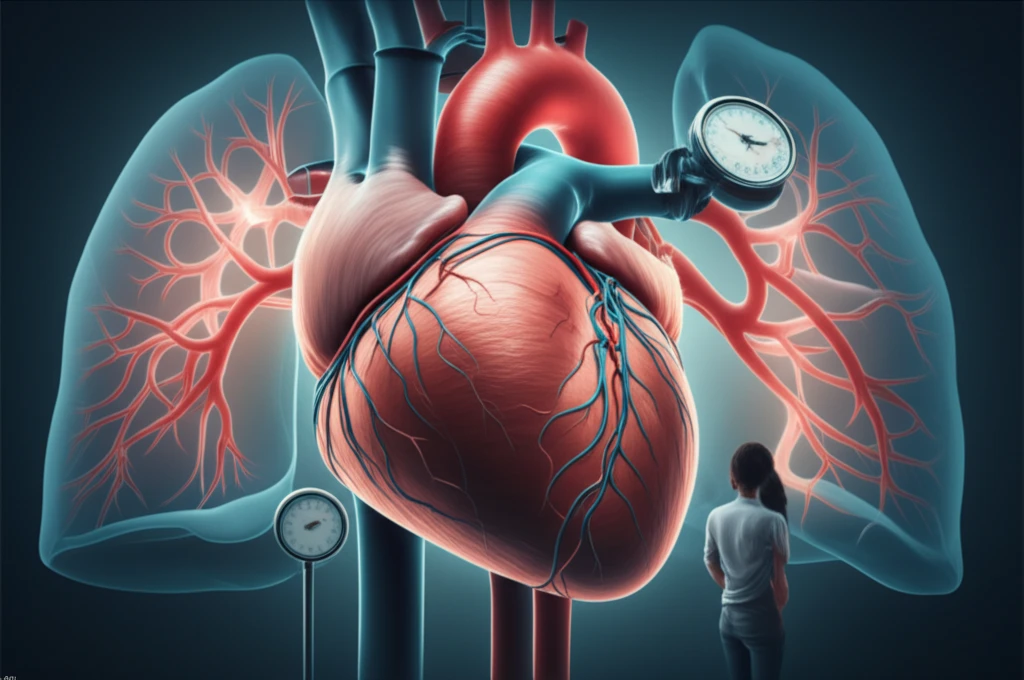
Heart Health SOS: Unpacking Pulmonary Hypertension in Hypertrophic Cardiomyopathy
"Understanding the Connection: How a Heart Condition Could Impact Your Lungs, and What You Need to Know."
For many, a healthy heart beats like a steady drum, a rhythmic pulse that powers every move. But what happens when that beat becomes off-key, when the heart's structure itself begins to change? Hypertrophic cardiomyopathy, or HCM, is one such condition, where the heart muscle thickens, potentially disrupting its normal function. And if HCM is a song, pulmonary hypertension (PH) is like an added note, a rising pressure in the lungs that can complicate the entire melody.
This article delves into the heart of the matter, exploring the link between HCM and PH. We'll break down the science, the symptoms, and the strategies for managing this complex condition. This information is crucial, especially considering the rising concerns about heart health, providing a clear, accessible guide for those seeking answers.
Think of your heart and lungs as teammates. The heart pumps blood to the lungs, where oxygen is absorbed, then back to the heart. But when one teammate falters, it impacts the entire team. The thickening of the heart muscle in HCM can lead to PH, a condition where the pressure in the lungs increases. This article is your guide to understanding this team dynamic and what it means for your health.
Deciphering HCM and PH: What's the Connection?

Hypertrophic cardiomyopathy (HCM) isn't just a mouthful to say; it's a serious condition where the heart muscle thickens, making it harder for the heart to pump blood effectively. While HCM often affects the left side of the heart, leading to potential problems, it can also indirectly impact the lungs. This is where pulmonary hypertension (PH) comes into play. PH is characterized by high blood pressure in the arteries of the lungs, making it difficult for the heart to pump blood through the lungs to pick up oxygen.
- HCM: Thickening of the heart muscle, impacting blood flow.
- PH: High blood pressure in the lung arteries, affecting oxygen exchange.
- The Link: HCM can indirectly cause PH through increased pressure and other related issues.
Taking Charge of Your Heart Health
Navigating the world of HCM and PH can seem daunting, but armed with knowledge and a proactive approach, you can take control. Prioritize regular check-ups, understand your symptoms, and work closely with your healthcare team. By staying informed and engaged, you can maintain a heart that beats strong, supporting a life filled with vitality and joy.
